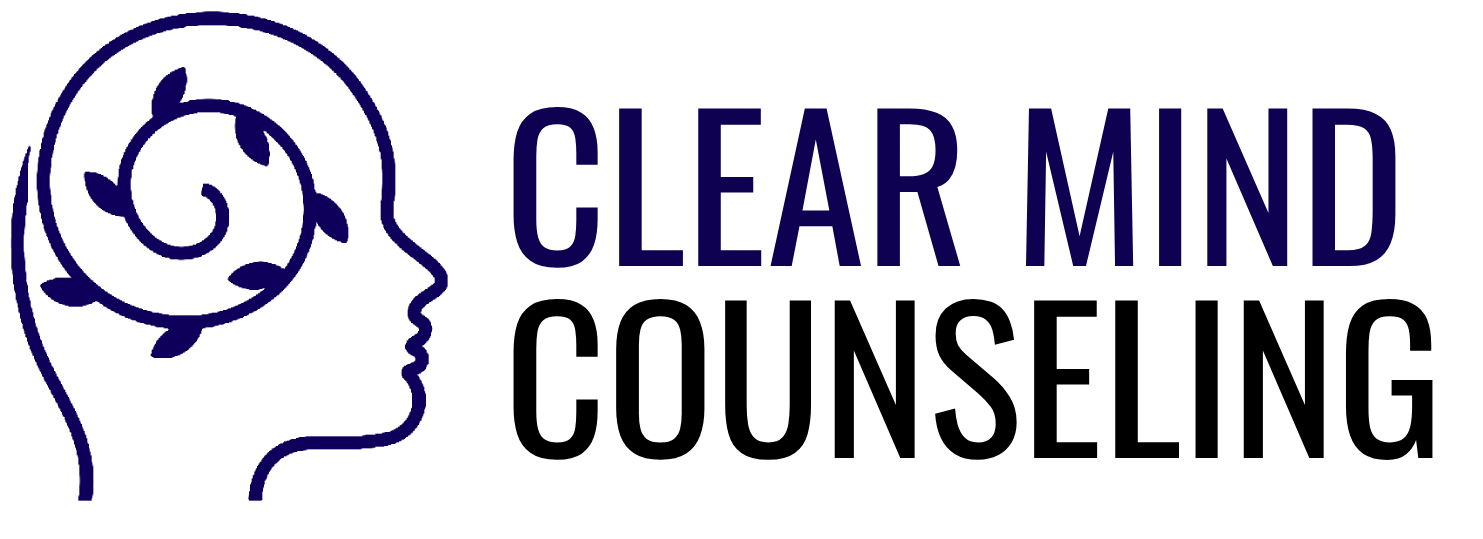
Anxiety is a natural response to stress that can become overwhelming. When anxiety takes hold, it can feel like being trapped in a whirlwind of thoughts and worries. According to the American Psychiatric Association, 43% of adults in 2024 reported feeling more anxious than the previous year. This is up from 37% in 2023 and 32% in 2022. Adults are particularly anxious about current events, such as the economy, the 2024 election, and gun violence.
Mindfulness, the practice of being present and fully engaged with the here and now, offers a powerful antidote to the chaos of anxiety. I have found in my practice that teaching clients simple mindfulness exercises that they can fit into their daily lives helps them control their anxiety and have calmer lives.
Understanding Mindfulness and Anxiety
Mindfulness is rooted in ancient practices and has been integrated into modern therapy to help manage various mental health conditions, including anxiety. The core idea behind mindfulness is to observe thoughts and feelings without judgment and to ground oneself in the present moment. This can be particularly effective for anxiety because it often revolves around concerns about the future, ruminations on the past, and overthinking.
Mindful Breathing
One of the simplest and most effective techniques for managing anxiety is mindful breathing. This involves taking slow, deep breaths and paying attention to the sensation of air entering and leaving your body. By focusing on your breath, you can anchor your mind in the present moment, which can help interrupt the cycle of anxious thoughts. One of the most popular mindfulness breathing techniques is the 4-2-4 breathing technique.
4-2-4 Breathing
4-2-4 breathing is a deep breathing exercise that can help calm anxiety and improve sleep:
- Sit comfortably and close your eyes
- Inhale slowly and steadily through your nose for a count of four
- Hold your breath for a count of two
- Exhale slowly and steadily through your mouth for a count of four
Breathing techniques like 4-2-4 help activate the parasympathetic nervous system, which helps you relax and calm down. They can also help you regain a sense of control over your emotions and thinking.
Body Scan Meditation
A body scan is a practice where you focus on each part of your body in turn, from your toes to the top of your head. As you direct your attention to different areas, you become more aware of your body and the physical sensations and feelings that stem from stress. Eventually, this makes you better able to respond when you start to experience physical discomfort connected to your emotions.
Of course, you can systematically focus on relaxing each part of your body on your own, but I often share guided systematic muscle relaxation videos with my clients to help them focus. One of my favorites is from Therapist Aid and can be found on YouTube here: https://www.youtube.com/watch?v=1nZEdqcGVzo.
Those who enjoy yoga might be interested in another body scan practice called Yoga Nidra. Yoga Nidra is an ancient practice from India with roots that can be traced back to Sankhya philosophy. The first written reference to Yoga Nidra is from 700 BC, but it is thought to have been passed down verbally starting around 1000 BC. Practitioners say that it is like a massage for your central nervous system. I like to share Insight Timer’s 10-minute Yoga Nidra so my clients can see if it works for them: https://www.youtube.com/watch?v=_noquwycq78.
5-4-3-2-1 Grounding
The final mindfulness grounding technique that I like to share with my clients is called 5-4-3-2-1. I find it to be a very effective way to end anxious rumination using the five senses. I like this exercise because it is very easy to do, and it can be performed discretely in any situation when anxiety starts to rise. Go slowly through each step. Grounding can help you avoid an anxiety spiral.
Here are the steps: Quietly go through this list in your mind:
- Identify 5 things you can see right now. Look at them and notice the key details.
- 4 things you can touch. If possible, touch them and mentally describe them, e.g., “My sweater feels soft and warm.”
- 3 things you can hear. Close your eyes, if possible, and notice the sounds around you. The air conditioning, cars going by, etc.
- 2 things you can smell. Does the room have any smells? Coffee? Air freshener? If you can’t smell anything, it still works to think of things you enjoy smelling such as vanilla or brownies baking.
- 1 thing you can taste. Can you still taste something you ate? A breath mint? Coffee? If not, it is okay to imagine something that you enjoy tasting, such as popcorn or chocolate.
By shifting your attention from unsettling thoughts to the here and now, this grounding exercise provides quick relief from rumination and overthinking.
Conclusion
When we embrace mindfulness, we learn to observe our thoughts and feelings without judgment and anchor ourselves in the present moment. Techniques such as mindful breathing, body scan meditation, and mindful observation are accessible tools that can help us foster a sense of calm and regain control over our anxious minds.
Remember that the journey to anxiety relief is a personal one, and it may take time to find the techniques that resonate with you. Be patient with yourself and recognize that each moment of mindfulness is a step toward a more peaceful and centered life. Whether you’re taking deep breaths during a stressful day at work, performing a body scan before bed, or simply noticing the sensations of your morning coffee, these practices can help you build resilience against anxiety.
If you find yourself struggling with anxiety, consider reaching out to a mental health professional who can guide you in developing a personalized mindfulness practice. With commitment and repetition, mindfulness can not only alleviate symptoms of anxiety but also enhance overall well-being, leading to a more balanced and fulfilling life.
